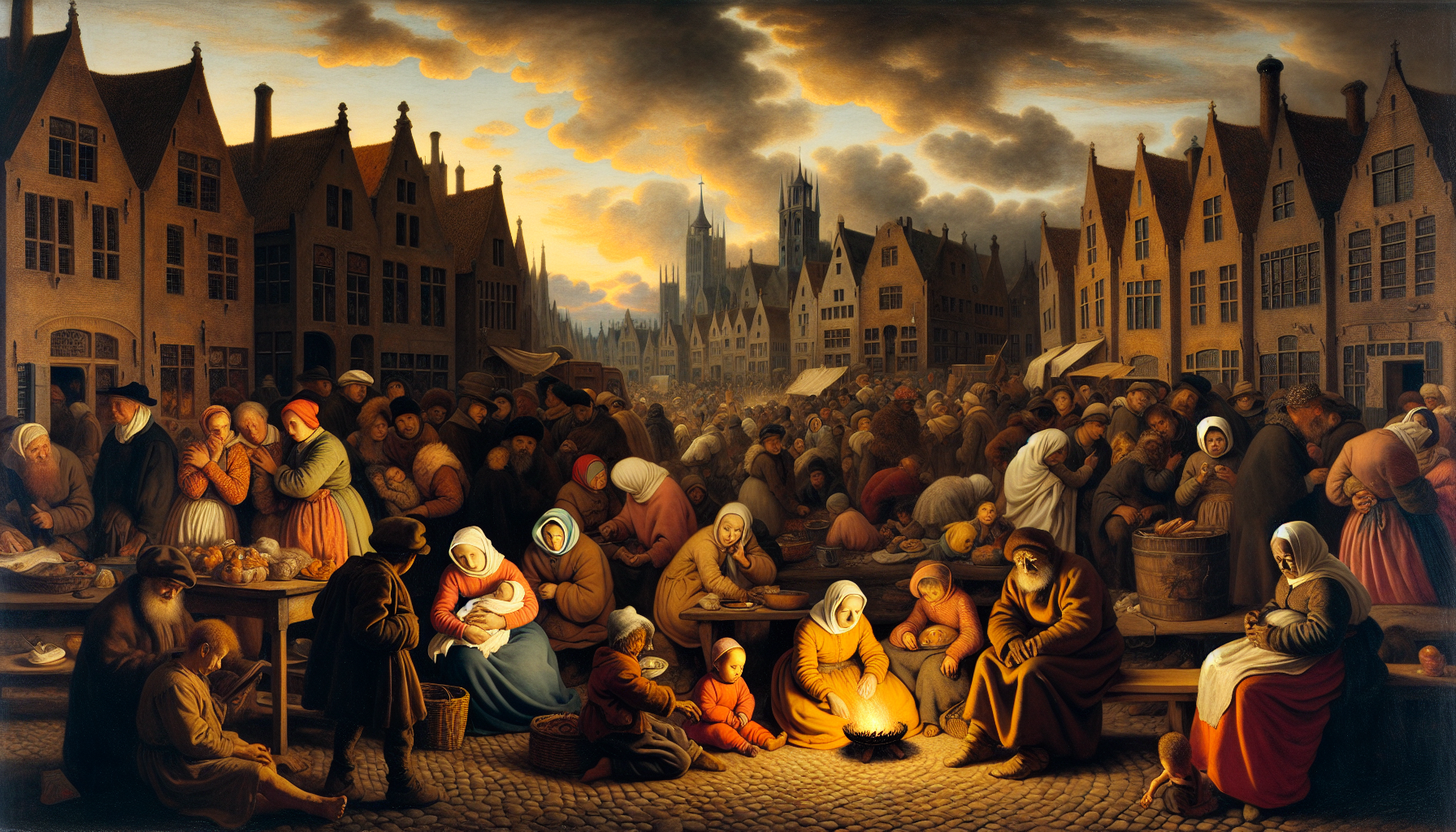📊 Economic Indicators |
Bureau of Labor Statistics |
-
In March 2025, the number of job openings, hires, and people leaving jobs stayed mostly the same across the U.S., with only a few states seeing changes. For example, job openings dropped by 1.5 percentage points in Massachusetts and by 59,000 jobs there, while hires went up by 1 percentage point in Colorado and by 40,000 workers in Michigan. Some states saw fewer people quitting or being laid off, like Alaska where layoffs dropped by 1.2 percentage points. Overall, these small changes mean the job market is steady, with about the same number of jobs available and people moving in and out of work. This matters because it shows the economy is stable right now, so most people can expect similar chances to find or change jobs soon. Read full document →
-
In 2024, more people born outside the U.S. were part of the workforce, making up 19.2% compared to 18.6% in 2023. The jobless rate for foreign-born workers rose from 3.6% to 4.2%, and for U.S.-born workers, it went up from 3.6% to 4.0%. Men born outside the U.S. worked more often than U.S.-born men (77.3% vs. 65.9%), but foreign-born women worked less than U.S.-born women (56.1% vs. 57.8%). People born outside the U.S. earned less on average, making $1,001 a week compared to $1,190 for U.S.-born workers. These changes show that while more immigrants are working, they face higher unemployment and lower pay, which affects families and communities by making it harder to find steady, well-paying jobs. Read full document →
|
Pew Research |
- This study asked Americans how much discrimination they think different groups face in the U.S. It found that 82% say immigrants who are in the country illegally face some or a lot of discrimination, the highest for any group. About 64% say women face discrimination, but only 34% say men do. Most people think Muslims (74%) and Jews (72%) face discrimination, while fewer say evangelical Christians do (43%). Older people (59%) are seen as facing more discrimination than younger people (40%). People living in rural areas (41%) are thought to face more discrimination than city dwellers (33%). Democrats are more likely than Republicans to say many groups face discrimination, especially immigrants and transgender people. Over the past year, fewer Republicans say racial and ethnic groups face discrimination, but Democrats’ views stayed the same. These findings matter because they show how Americans see fairness and bias in society, which can affect how we address inequality and protect people’s rights. Read full document →
|
|
|

